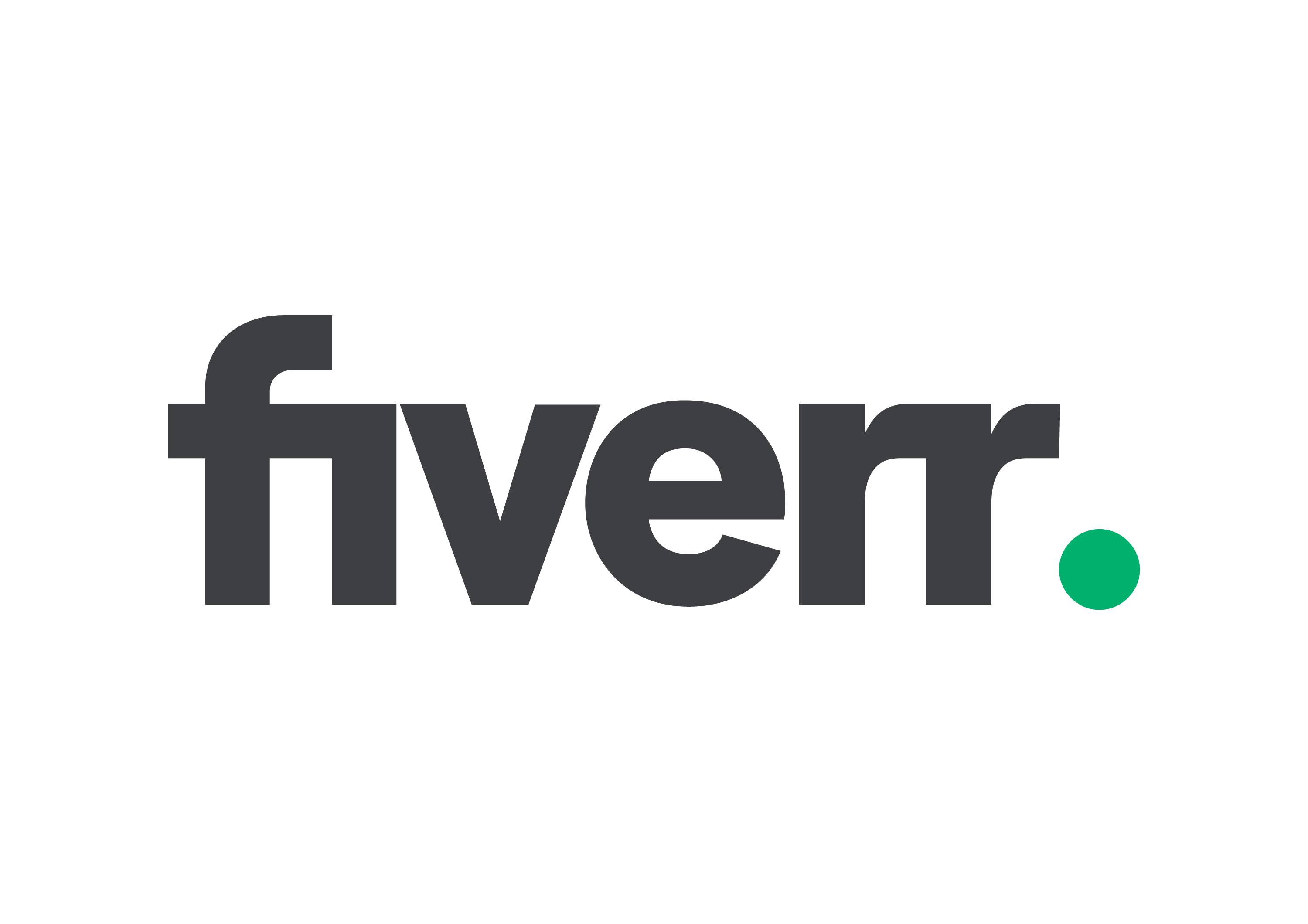Q: I have a Dell Inspiron 5000 series laptop with two hard drives — one a 256GB SSD with the Windows 10 operating system, programs and data, and a 1TB SATA hard drive for storage. I remember years ago having a computer like this and I was able to adjust some settings to have the larger, slower drive set up with my user profile and My Documents folder (must have been Windows 7). Is it still possible to do this with Windows 10?
— Chuck Finnigan, Bellingham
A: First, I’d leave the user profiles, which are very small, on the same drive as your Windows system files.
And yes, you can relocate your My Documents folder — as well as the Music, Pictures and Videos folder — to another drive. Just right-click on the folder and select Properties. Next, click on the Location tab in the windows that pops open. Enter the location where you want to folder stored and you’ll be set.
What should be considered when deciding what to save to a SATA hard drive or to a solid-state drive (SSD)?
SATA hard drives are the old spinning-disk drives that have been the go-to storage for most desktop computers for decades. They are inexpensive and provide massive amounts of storage. SSD drives have no moving parts and offer much faster performance than SATA drives. They are unlikely to be damaged if you drop your laptop. The downside of SSD drives? They are relatively expensive, they are limited both to a handful of terabytes in storage space, and the number of data writes that can be made to the drive.
Unless you’re using a portable computer a SATA drive is ideal for the operating system, which makes lots of reads and writes. (If you’re using a portable you may prefer the SSD drive because it is more durable. And most users are unlikely to run into the write limit anyway).
SSD drives are ideal for storing large amounts of data that you don’t need to constantly rewrite.
For my part, both my desktop and my laptop use SSD drives as their sole built-in storage. But here’s my strategy. Since I work a lot on videos I use external SSD drives to work on those. Once edited I don’t need to keep writing to the drives so SSD is ideal for that. In the meantime, I’m saving the built-in SSD drives in the computers from creeping up toward that write limit.
Q: We’re very interested in your recent columns where ProtonMail was discussed. We’re on the cusp of setting up an account and moving away from Gmail. A couple of questions:
First, my wife and I share a Google calendar. I doubt seriously that I will be able to persuade her to switch to ProtonMail, so am thinking that I can switch email accounts, but continue with Google for the calendar. Do you see any issues here?
Secondly, how exactly is ProtonMail funded? There are apparently no ads, but it appears to use crowdfunding and the occasional appeal to users for a donation.
— Carl Grimes, Bainbridge Island
A: If you use the Gmail calendar you have to log in to use it so, yes, Google can still be tracking you. What you will have eliminated is Google scanning your emails. ProtonMail did start up with crowdfunding in 2013. But rather than appeals for donations the service is funded by additional services it sells. ProtonMail is owned by Proton Technologies AG, a for-profit company based in Geneva, Switzerland.








